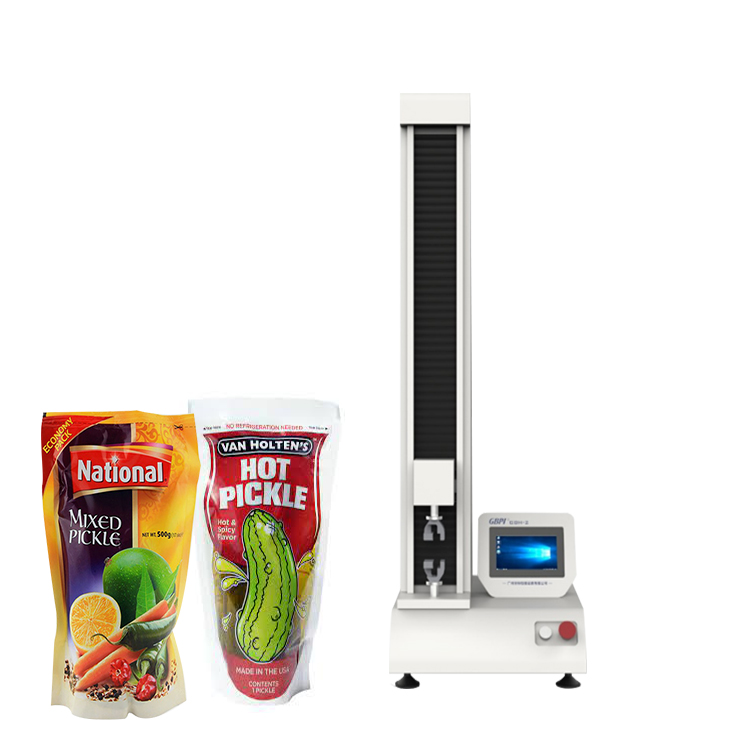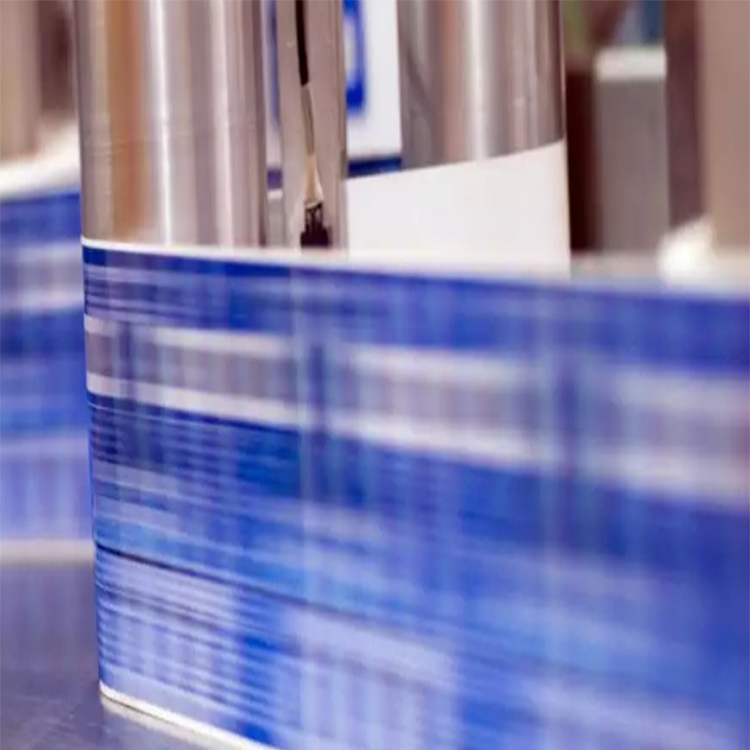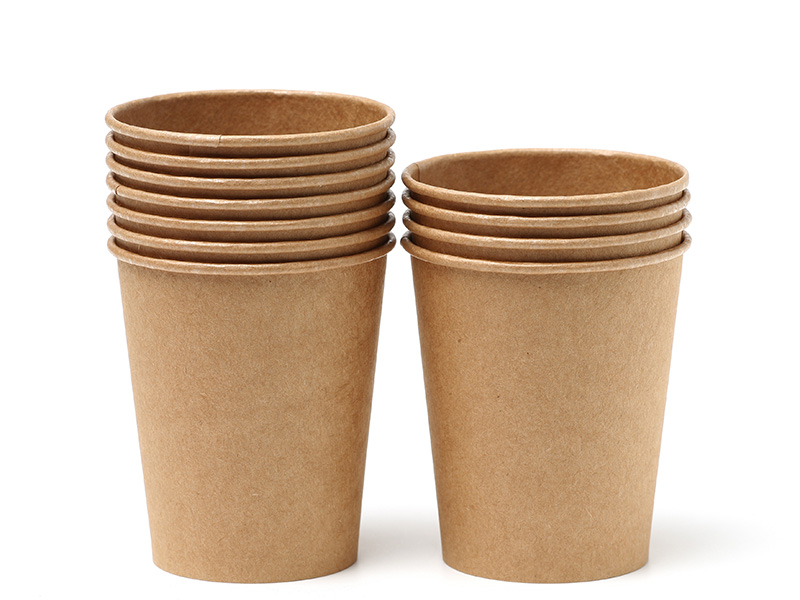Abstract Pet food is specialized in providing food for pets and small animals, and is a high-grade animal food between human food and traditional livestock and poultry feed. Its main nutrients are proteins and fats, which are easy to absorb moisture and agglomerate or be oxidized and decomposed by microorganisms under the action of certain temperature, oxygen and moisture, resulting in the loss of nutrients and even deterioration, so it is required that the barrier performance of the pet food packaging should be good. This paper utilizes GBPI's self-developed N530 2.0 Gas Transmission Rate Tester to test the oxygen transmission rate of dog food bags sent by customers, and introduces the testing instrument, testing principle, testing process, etc., which provides an effective solution for monitoring the oxygen barrier performance of pet food packaging bags. With the development of the economy and the improvement of people's living standards, more and more people have pets. People use pets as a support for their feelings and to meet our emotional needs, corresponding to the rapid development of the pet food industry, the market competition is gradually fierce, the importance of pet food packaging has gradually come to the fore. Cat food / dog food packaging bags selected plastic material should have a barrier, heat resistance, sealing, able to prevent food deterioration. General selection of multi-layer plastic composite, common materials include PET/AL/PE, PET/NY/PE, PET/MPET/PE, PET/AL/PET/PE, PET/NY/AL/PE, PET/NY/AL/RCPP, high-temperature dry distillation bags for wet food, soft canned food packaging. Like other foods, pet food has a shelf life. During the shelf life, pet food needs to ensure that no spoilage or loss of nutrients occurs. Pet food nutrients can meet the needs of pet growth, but also is a good natural medium for microbial growth. If the packaging material has poor barrier properties, the oxygen and moisture that passes through the packaging can lead to the growth of microorganisms. Under the action of microorganisms, the nutrients (proteins, fats, etc.) in the pet food will be decomposed, which not only affects the sensory of the pet food, but also loses the nutritional value of proteins, fats and other original substances. The growth of microorganisms is mainly due to three factors: temperature, oxygen, moisture, oxygen is the main external cause of rancidity, so the pet food packaging must have a good barrier performance to the outside world of oxygen, in order to effectively ensure the quality of pet food in the shelf period. This paper utilizes GBPI's self-developed N530 2.0 differential pressure gas permeability tester to test the oxygen barrier performance of dog food packaging bags sent by customers to provide technical references for relevant pet food package production and use of enterprises to select the oxygen barrier performance test equipment and test methods. Test Principle: N530 2.0 Gas Transmission Rate Test...
View More

 info@gbtest.cn
info@gbtest.cn



 en
en ru
ru es
es ar
ar










